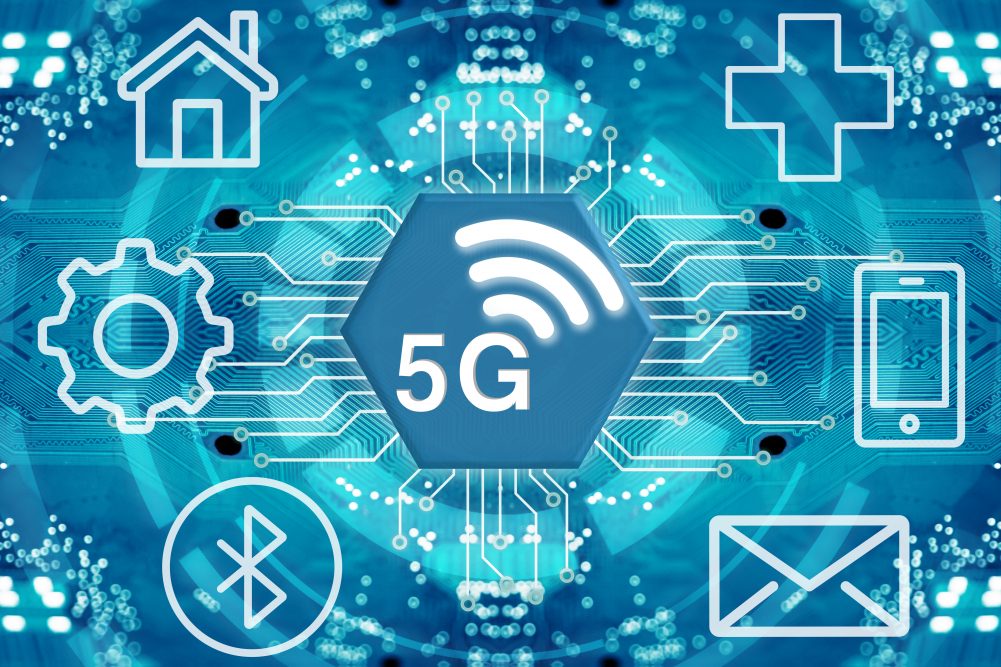

5G: The Next Generation of Connectivity
5G, the fifth generation of wireless technology, is set to revolutionize connectivity by offering faster speeds, lower latency, and increased capacity compared to its predecessors. It promises to transform various industries and enable new applications that were previously unimaginable.
One of the key advantages of 5G is its incredible speed. With download speeds of up to 10 gigabits per second, it is significantly faster than 4G. This means that tasks that used to take minutes, such as downloading large files or streaming high-definition videos, can now be completed in seconds.
Another important aspect of 5G is its lower latency, which refers to the time it takes for data to travel between devices. With latency as low as 1 millisecond, 5G will enable real-time applications like autonomous vehicles, remote surgery, and virtual reality gaming. Imagine controlling a robot in real-time or experiencing immersive virtual reality without any noticeable delay.
Moreover, 5G offers increased capacity to handle the ever-growing number of connected devices. With the Internet of Things (IoT) becoming more prevalent, 5G can support a massive number of devices simultaneously. This is crucial for smart cities, where sensors and devices need to communicate with each other seamlessly.
Additionally, 5G will open up new opportunities for industries such as healthcare, manufacturing, transportation, and entertainment. For example, in healthcare, doctors can perform remote surgeries using robotic arms controlled over 5G networks. In manufacturing, factories can utilize 5G to enable real-time monitoring of machines and predictive maintenance. In transportation, autonomous vehicles can communicate with each other and with traffic infrastructure to improve safety and efficiency.
References:
- ITU-R M.2083-0: International Mobile Telecommunications-2020 (IMT-2020) requirements
- Ericsson, "5G for business: a 2030 market compass," 2020
- Qualcomm, "5G: A transformational technology," 2020
In conclusion, 5G represents a significant leap forward in connectivity, offering faster speeds, lower latency, and increased capacity. Its impact will be felt across various industries, enabling new applications and driving innovation. As 5G networks continue to roll out globally, we can expect a new era of connectivity that will shape the future.
Related Posts
© 2025 Invastor. All Rights Reserved

User Comments